15 Reasons Leipzig Should Be Your Next German Getaway
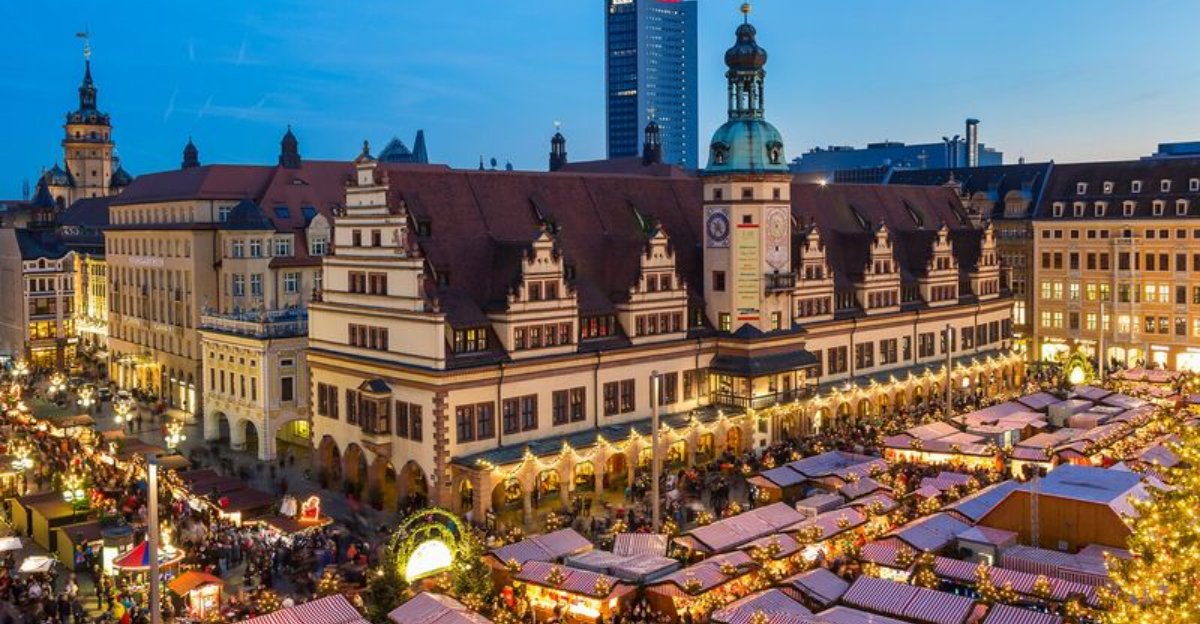
Think you’ve seen all Germany has to offer? Think again—Leipzig is calling, and it’s not your average city break. With echoes of Bach’s compositions drifting through centuries-old churches and edgy street art brightening former industrial spaces, Leipzig strikes a rare balance between old soul and youthful energy.
I wandered through its hidden courtyards and buzzing cafés and couldn’t help but fall for its charm. From the grand Gewandhaus concert hall to unexpected flea markets and canal-side strolls, Leipzig delivers surprises at every turn.
Ready to skip the tourist traps and discover a city that marches to its own beat? This might just be your next favorite European escape.
1. Musical Heritage That Echoes Through Centuries
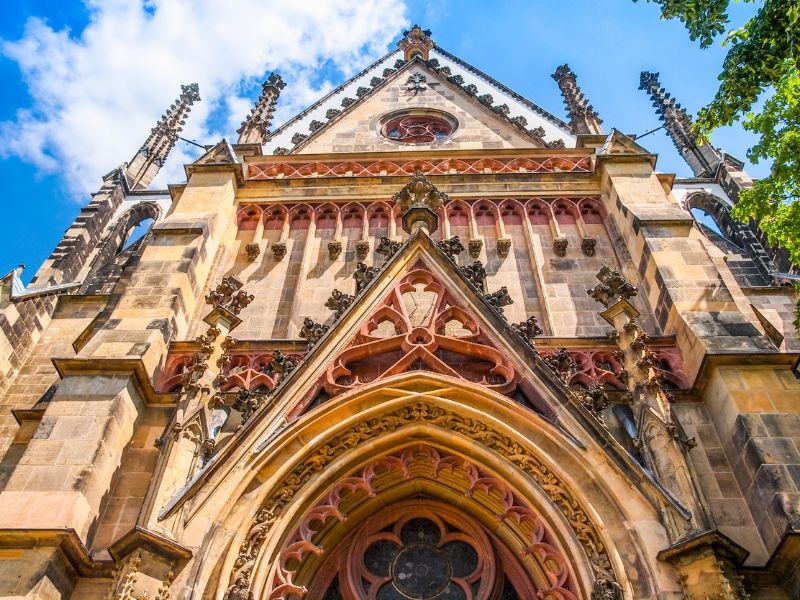
Bach composed his masterpieces here while serving as choirmaster at St. Thomas Church. The musical legacy continues with Mendelssohn, Wagner, and many others who called Leipzig home.
You can experience this heritage firsthand at the Bach Museum or attend a concert by the world-renowned Gewandhaus Orchestra. Their performances will send shivers down your spine!
Weekly motets at St. Thomas Church feature the same boys’ choir Bach once directed. Imagine hearing those harmonies in the very space where they were first performed centuries ago!
2. Peaceful Revolution’s Birthplace
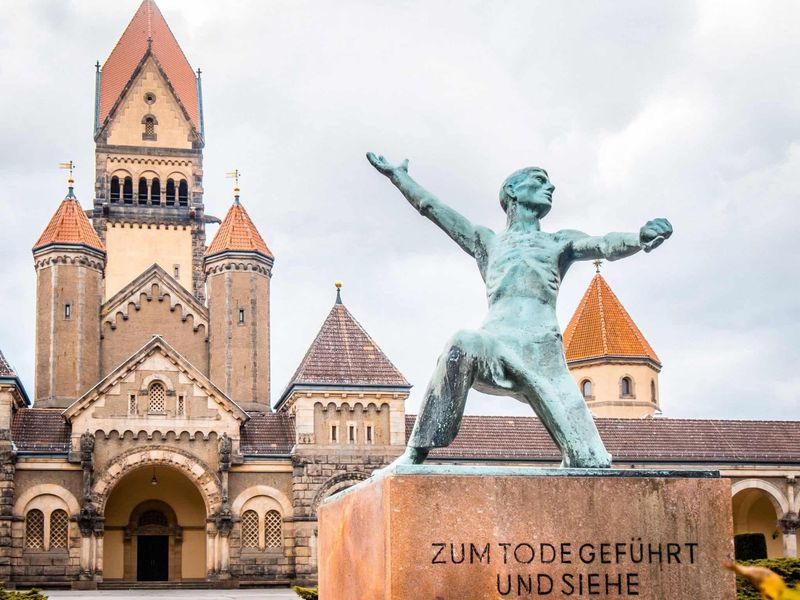
Many travelers don’t realize Leipzig sparked the peaceful protests that ultimately brought down the Berlin Wall. The Monday Demonstrations started in 1989 with citizens gathering at St. Nicholas Church with candles.
Walking through the city center today, you’ll find the Forum of Contemporary History museum that brilliantly documents this transformative period. Their interactive exhibits bring this recent history to life in ways history books simply can’t.
If you visit in October, you might catch the Festival of Lights commemorating these brave protesters who changed history without violence.
3. Art Scene That Rivals Berlin
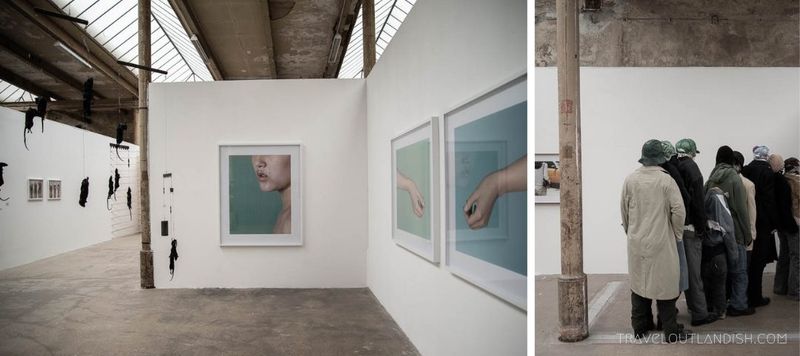
When old cotton mills shut down, artists transformed them into the Spinnerei – now one of Europe’s most exciting art hubs. Former factory floors showcase cutting-edge galleries and studios where you can watch artists at work.
Leipzig’s art scene gained international fame through the “New Leipzig School” painting movement. These distinctive artists blend classical techniques with contemporary themes, creating works that sell for millions worldwide.
Best of all? The art scene feels approachable here. Gallery owners chat with visitors, studio doors stand open, and you might find yourself sharing coffee with a renowned artist at the Spinnerei’s café.
4. Foodie Paradise with Saxon Flair
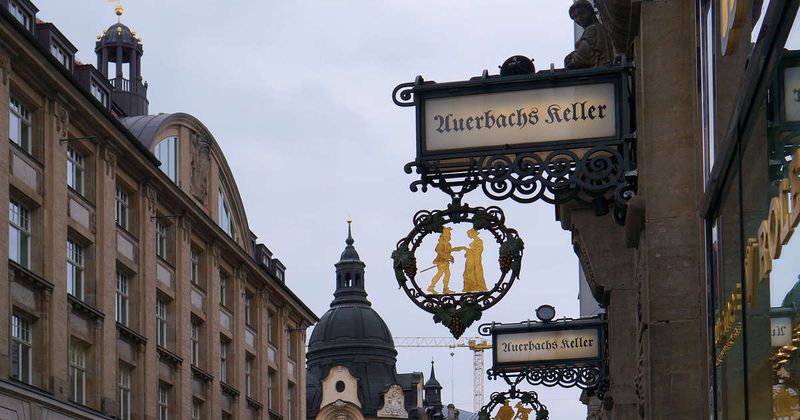
Forget what you think you know about German food! Leipzig’s culinary scene blends traditional Saxon recipes with modern twists that will surprise your taste buds.
Try Leipziger Allerlei, a vegetable dish created during war times that’s now a gourmet staple. Local restaurants serve it with fresh seasonal ingredients that elevate this humble dish to new heights.
Don’t miss Auerbachs Keller, the historic restaurant featured in Goethe’s Faust. The cellar vault dining rooms transport you centuries back while serving regional specialties like Sauerbraten with red cabbage and potato dumplings.
5. Coffee House Culture Since 1694
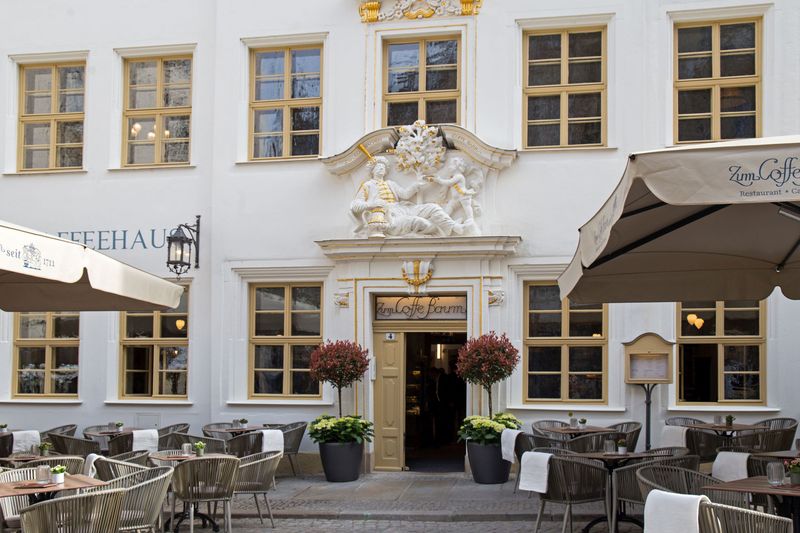
Did you know Leipzig boasts Germany’s oldest continuously operating coffee house? Café Baum has welcomed guests since 1694, including Bach, Goethe, and Wagner who discussed art and politics over steaming cups.
Leipzig’s coffee tradition runs deeper than most European cities. Merchants brought coffee beans here before they reached other German towns, establishing a sophisticated café culture that continues today.
Modern Leipzig cafés maintain this tradition with serious dedication to quality. At Café Riquet, housed in a whimsical art nouveau building with elephant sculptures, baristas serve perfect brews alongside homemade cakes worth every calorie.
6. Lakes and Parks for Outdoor Enthusiasts
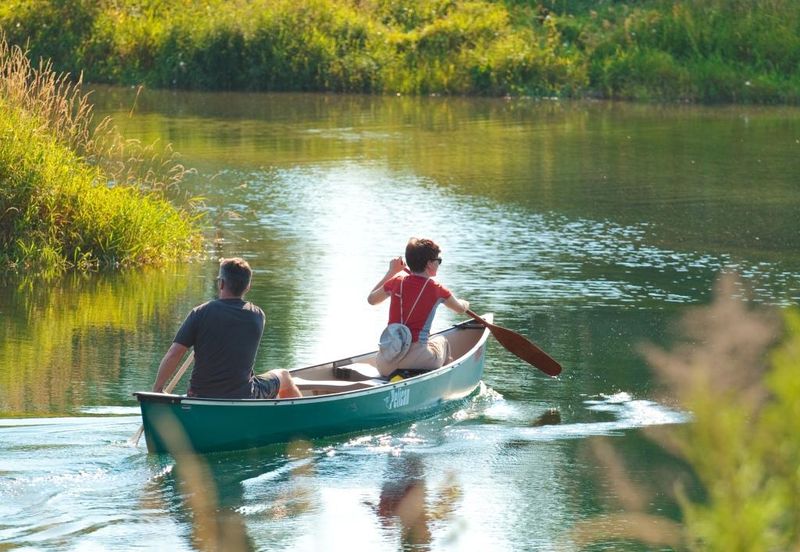
Just minutes from downtown, Leipzig’s surroundings transform into an outdoor playground with more lakes than you’d expect. The Neuseenland region features former mining pits converted into clean swimming lakes with sandy beaches.
Canoeing between lakes on connecting channels gives you a unique perspective of this reclaimed landscape. Markkleeberger See offers wakeboarding while Cospudener See attracts windsurfers and sunbathers alike.
Within city limits, the sprawling Clara-Zetkin Park provides perfect picnic spots under ancient trees. Join locals grilling on summer evenings or sledding down gentle hills when winter brings snow to this beloved green space.
7. Quirky Museums Beyond the Ordinary

Museum fatigue? Not in Leipzig! The Stasi Museum occupies the former headquarters of East Germany’s secret police, leaving everything eerily intact. Spy gadgets and surveillance equipment reveal the disturbing reality of life under constant observation.
For something completely different, check out the Museum of Musical Instruments with its collection of 5,000+ historic pieces. They actually let you play some instruments during special workshops!
History buffs shouldn’t miss the Monument to the Battle of the Nations, Europe’s largest war memorial. Climb 500 steps for breathtaking city views or explore the crypt-like lower levels with their massive stone guardians.
8. Architectural Time Travel Through Centuries
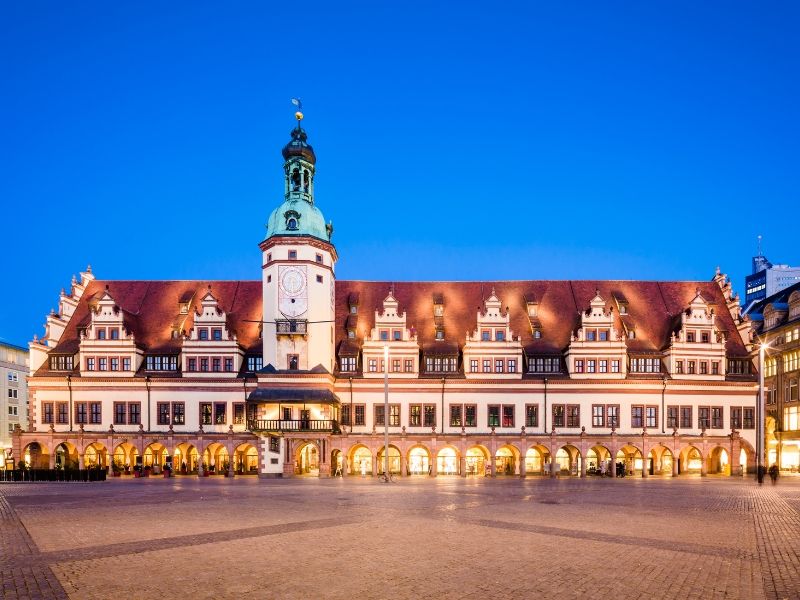
Walking Leipzig’s streets feels like flipping through an architectural history book. Medieval church spires rise above Renaissance merchant houses, while Art Nouveau buildings neighbor Bauhaus designs.
The Old Town Hall ranks among Germany’s most beautiful Renaissance buildings. Its symmetrical façade features ornate stonework that tells stories of Leipzig’s prosperous trading past.
Contrast this with the Grassi Museum complex, a masterpiece of Art Deco design with geometric patterns and stunning stained glass. Or visit the Gohlis Palace, a perfect example of rococo architecture where Mozart once performed. Leipzig’s buildings showcase every major European architectural style within walkable distances.
9. Europe’s Largest Train Station Turned Shopping Mall

More than just a train station, Leipzig Hauptbahnhof doubles as a landmark — its 298-meter-wide neoclassical façade makes it one of Europe’s grandest rail terminals.
Inside, three levels of shops, restaurants and entertainment venues occupy former train platforms. The original iron and glass architecture remains intact, creating a cathedral-like atmosphere for modern shopping.
History meets convenience as you grab coffee beneath soaring ceilings or browse books where locomotives once steamed. Even if you’re not catching a train, this architectural marvel deserves a visit for its perfect blend of historic grandeur and practical repurposing.
10. Nightlife That Doesn’t Sleep
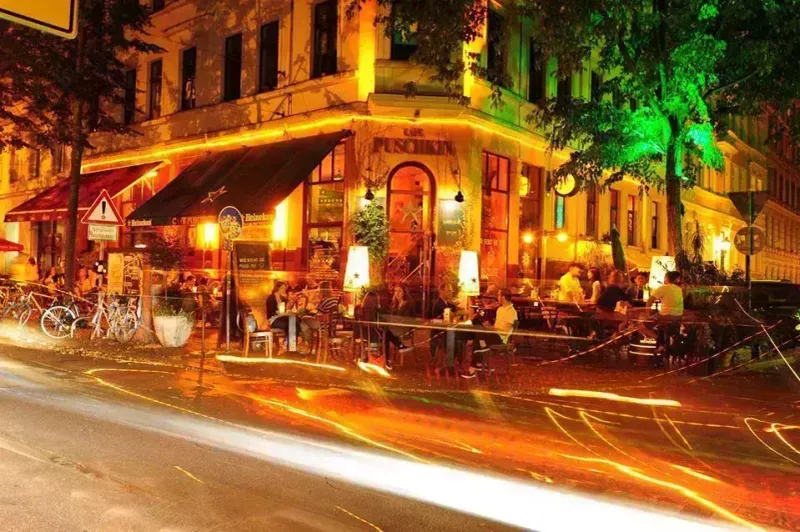
The nickname “Hypezig” isn’t just hype — from underground clubs to cozy cocktail spots, Leipzig’s Karli is alive every night of the week.
Underground electronic music thrives in repurposed industrial spaces like Distillery, Germany’s oldest techno club. DJs who play Berlin’s Berghain regularly stop here too, drawing dance enthusiasts from across Europe.
If techno isn’t your scene, jazz clubs, beer gardens, and student pubs offer alternatives. The western district of Plagwitz hosts intimate venue Noch Besser Leben, where indie bands perform in a living-room atmosphere before crowds spill onto the street on summer nights.
11. Book Lovers’ Paradise Since 1500s
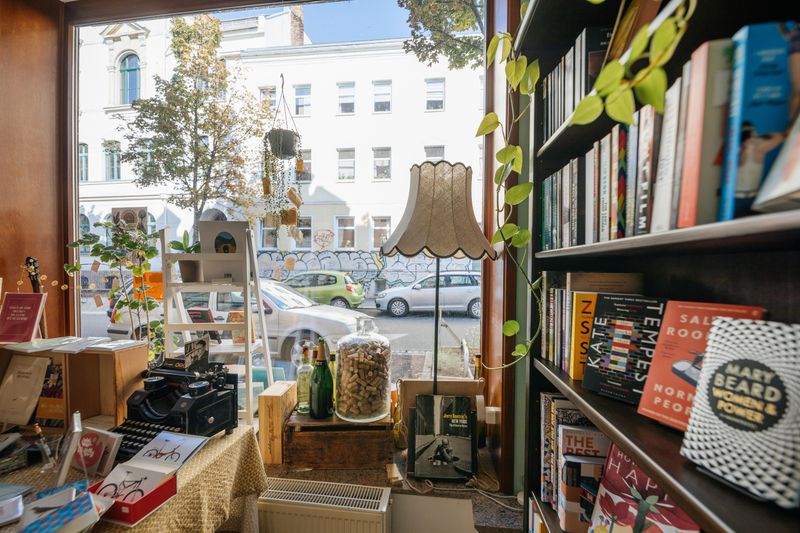
With over five centuries of publishing history, Leipzig stands as Germany’s literary epicenter — home to the world’s oldest book fair, held every March since the 1600s.
Bibliophiles should visit the German National Library, which houses every German publication since 1913. Their reading rooms welcome visitors seeking quiet contemplation among millions of volumes.
Bookshops dot the city center, from chain stores to charming independents. Antiquariat im Hof specializes in rare finds while Lehmanns focuses on academic titles. Many cafés double as bookshops where you can browse while sipping excellent coffee.
12. Affordable Prices That Won’t Break Your Budget
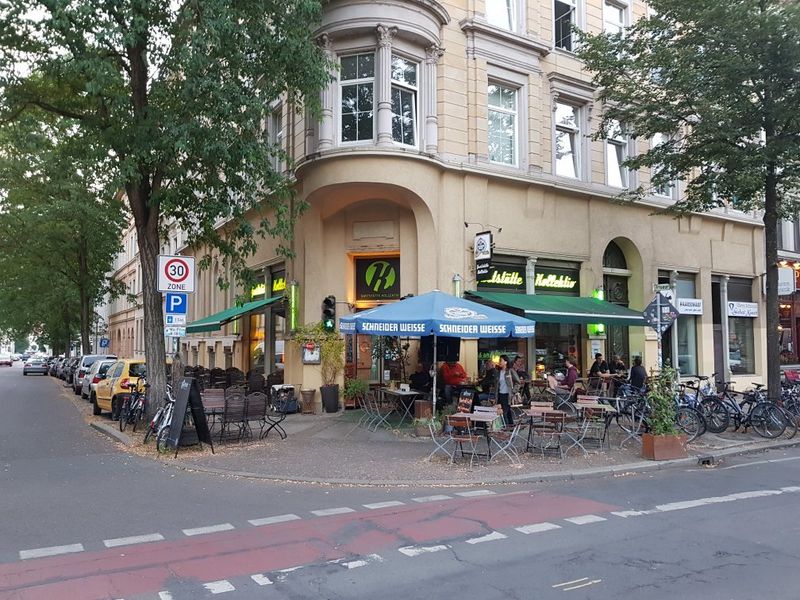
Your euros stretch remarkably further in Leipzig compared to Munich or Hamburg. A cappuccino costs around €2.50 while a quality restaurant meal averages €15 – roughly half what you’d pay in more touristy German cities.
Accommodation prices follow the same pattern. Boutique hotels in converted historic buildings offer rooms starting at €70, while comparable places in Berlin would charge double. Even luxury options like Steigenberger Grandhotel provide five-star amenities at four-star prices.
Cultural experiences remain affordable too. Orchestra tickets start at €15, museum entries average €8, and many attractions offer free admission days. Your vacation budget goes much further here!
13. Christmas Markets With Authentic Charm
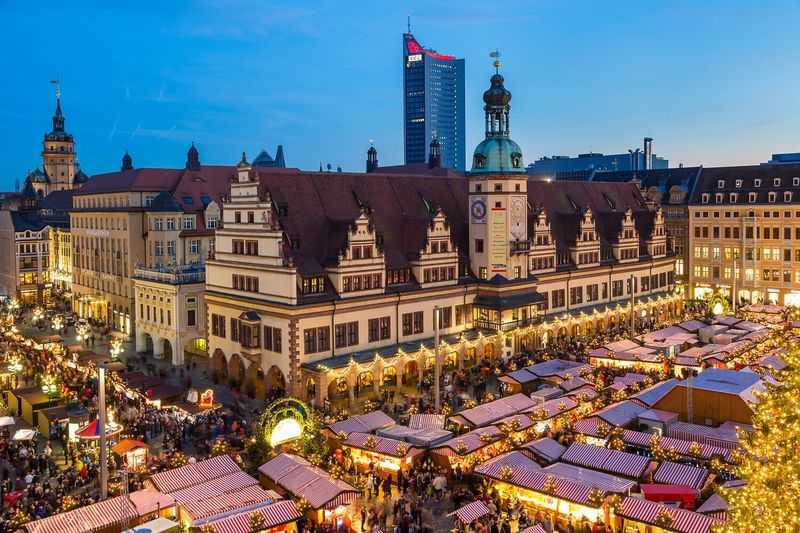
Leipzig’s Christmas markets date back to 1458, making them among Germany’s oldest and most authentic. Unlike more commercial destinations, these markets maintain traditional craftsmanship and local flavors.
The main market surrounds the Old Town Hall with hundreds of wooden stalls selling handmade ornaments, toys, and regional specialties. Try Pulsnitzer Pfefferkuchen (spice cookies) or Stollen from local bakers using centuries-old recipes.
A medieval market in the courtyard of the Old Town Hall recreates historical atmosphere with costumed vendors and ancient crafts demonstrations. The fairy tale forest on Augustusplatz enchants children with animated scenes from classic stories – a magical experience for families!
14. Zoo That Pioneered Natural Habitats
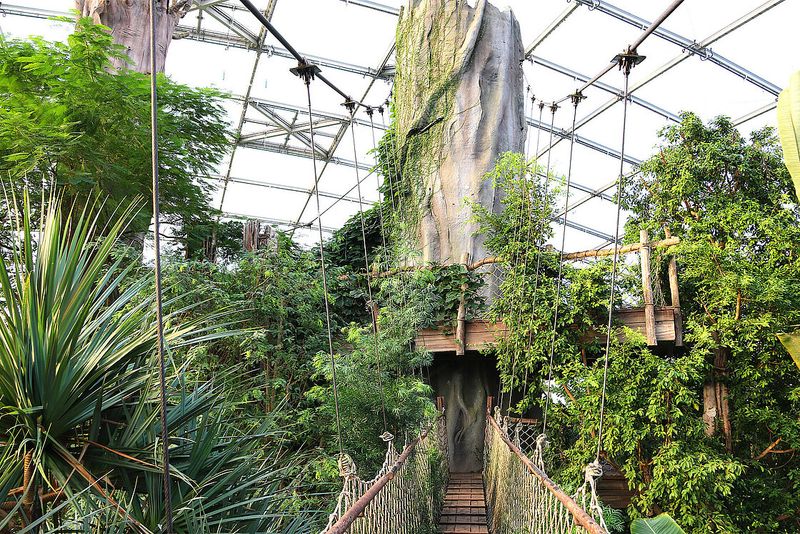
Step inside Gondwanaland at Leipzig Zoo and you’re instantly transported to a tropical world — a vast glass dome teeming with wildlife and dense vegetation.
The zoo pioneered the concept of immersive habitats where animals live in natural-feeling environments. Their elephant temple complex recreates Asian architecture while providing ample space for the gentle giants to roam.
Conservation efforts shine through educational programs that explain the zoo’s breeding success with endangered species. Even if you’re not typically a zoo enthusiast, Leipzig’s approach focusing on animal welfare and conservation education makes this a worthwhile and ethical attraction.
15. Easy Day Trips to Dresden and Weimar

Thanks to its central position, Leipzig serves as an ideal launchpad for day trips — with Dresden and its baroque charm just 75 minutes away by train.
Weimar, birthplace of Bauhaus design and home to Goethe and Schiller, takes only an hour to reach. This small cultural powerhouse packs incredible museums and historic sites into its walkable center.
Medieval castles dot the countryside between these cities. Colditz Castle, famous as a WWII prisoner escape site, makes for a fascinating half-day excursion. Return to Leipzig each evening for dinner, or extend your stay with overnight trips – either way, you’ll appreciate Leipzig’s convenient hub position.
